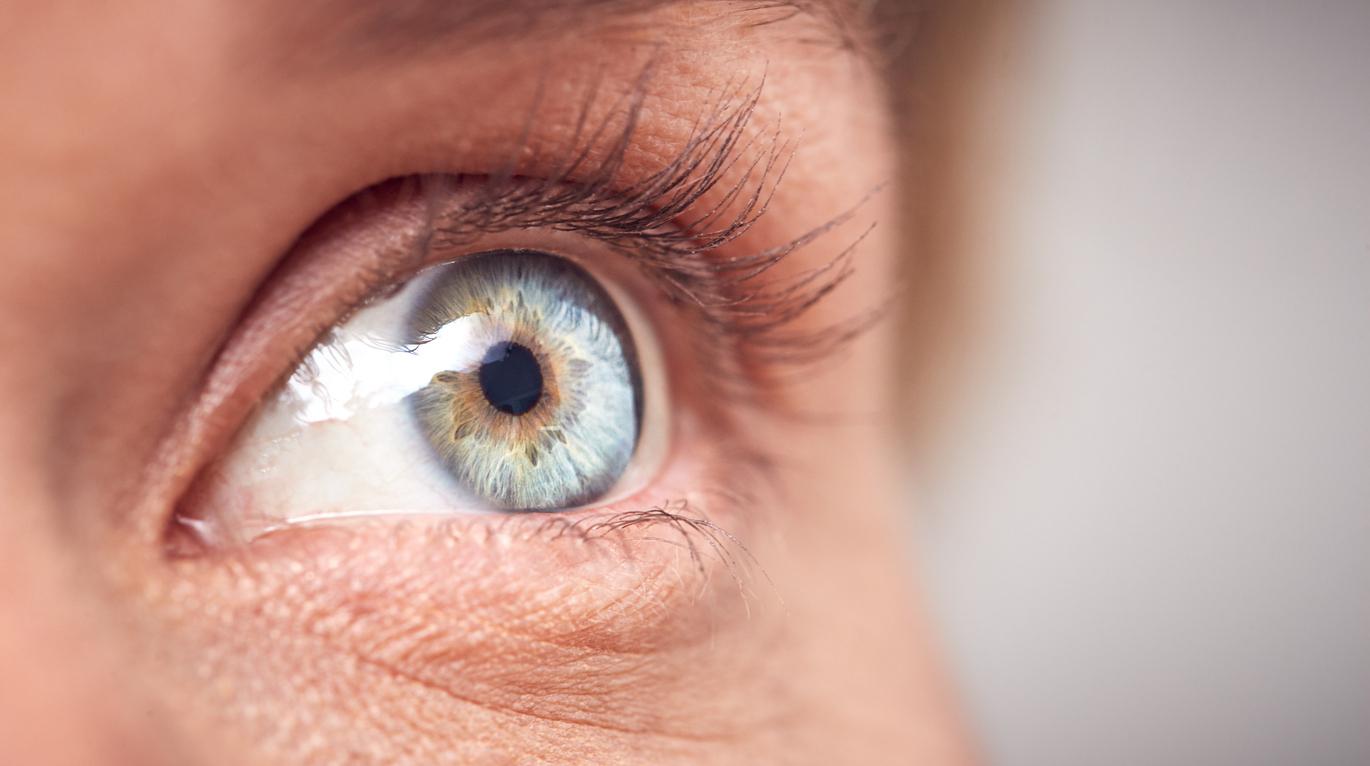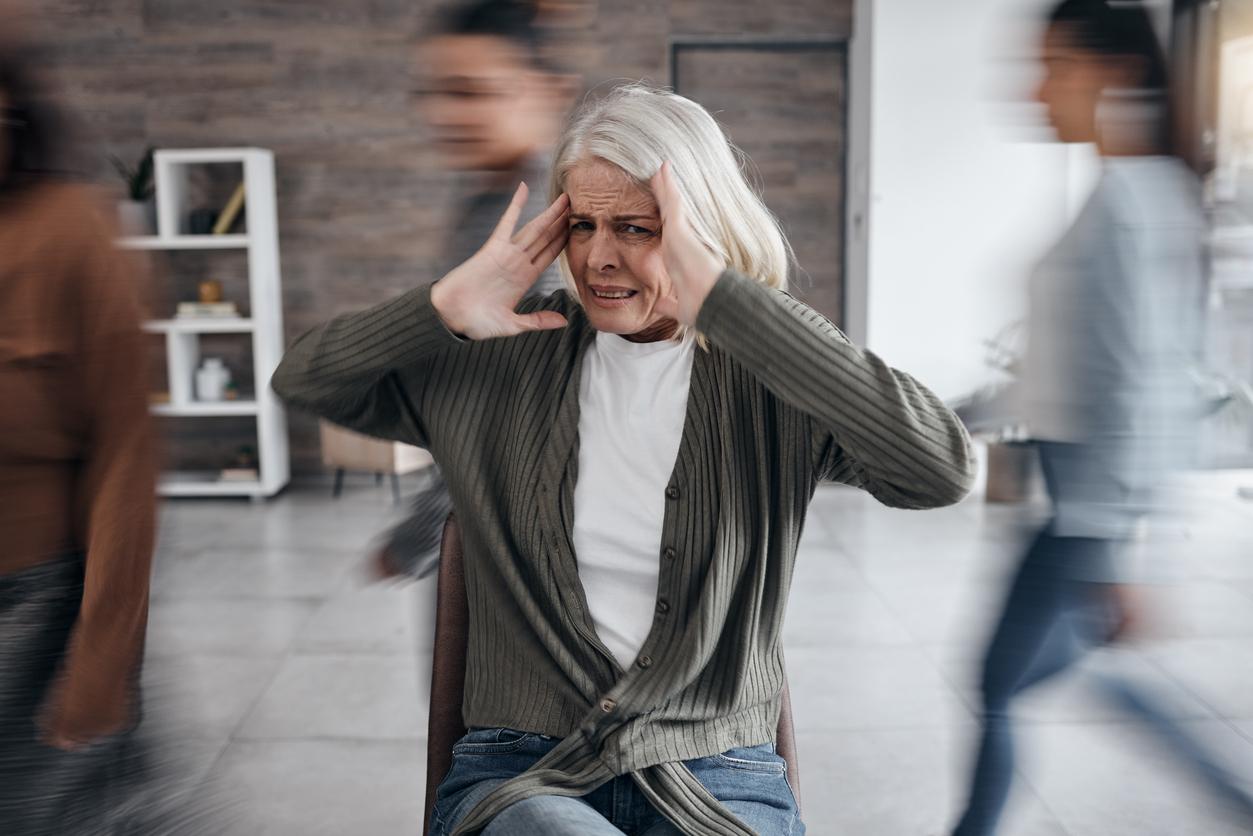Seniors residing in cities with high temperatures are more likely to suffer from visual impairments.

- The risk of severe visual impairment is 44% higher for older people living in cities where the average temperature is 15.5°C or higher.
- The association between average temperature and severe visual impairment was strong, regardless of age, sex, income and education level of seniors.
- Increased exposure to ultraviolet rays, air pollution, infections and the degradation of folic acid, under the effect of the increase in temperature, could explain this association.
“Several small cohorts have associated high temperature exposure with specific vision problems. However, no large-scale research has examined this link,” said researchers at the University of Toronto. That’s why they carried out a study, the results of which were published in the journal Ophthalmic Epidemiology. As part of the work, the team analyzed a survey of 1,707,333 Americans aged 65 and older. The question on visual impairment, which was asked, was: “Is this person blind or does he have serious difficulty seeing even when wearing glasses?”. Next, the scientists obtained the average temperature data from the National Oceanic and Atmospheric Administration.
Visual impairment: 44% increased risk at temperatures above 15.5°C
According to the results, adults who lived in cities where the average temperature was at or above 15.5°C were more likely to suffer from severe visual impairment than those who lived in cooler cities. In detail, compared to people living in cities where the average temperature is below 10°C, the risk of severe visual impairment is 14% higher for people living in cities where the average temperature is between 10°C. C and 12°C, 24% higher for people living between 12°C and 15°C and 44% higher for people living in cities where the average temperature is equal to or higher than 15.5°C.
“This link between visual impairment and a city’s average temperature is very concerning if future research determines that the association is causal. With climate change, we expect global temperatures to rise. It will be important to monitor whether the prevalence of visual impairment in the elderly increases in the future”, said Professor Esme Fuller-Thomson, author of the work, in a statement.
The causes remain mysterious
This observed association between average temperature and severe visual impairment was strong, but the mechanism behind this link remains a mystery. The study authors put forward several hypotheses to explain this, including increased exposure to ultraviolet rays, air pollution, infections and the breakdown of folic acid as the average temperature rises.
“This new finding raises more questions than it answers, especially regarding the link between a city’s average temperature and impaired vision. In the future, we plan to investigate whether a city’s temperature is also associated with other disabilities in older people, such as hearing problems and limitations in daily activities.” concluded Esme Fuller-Thomson.















